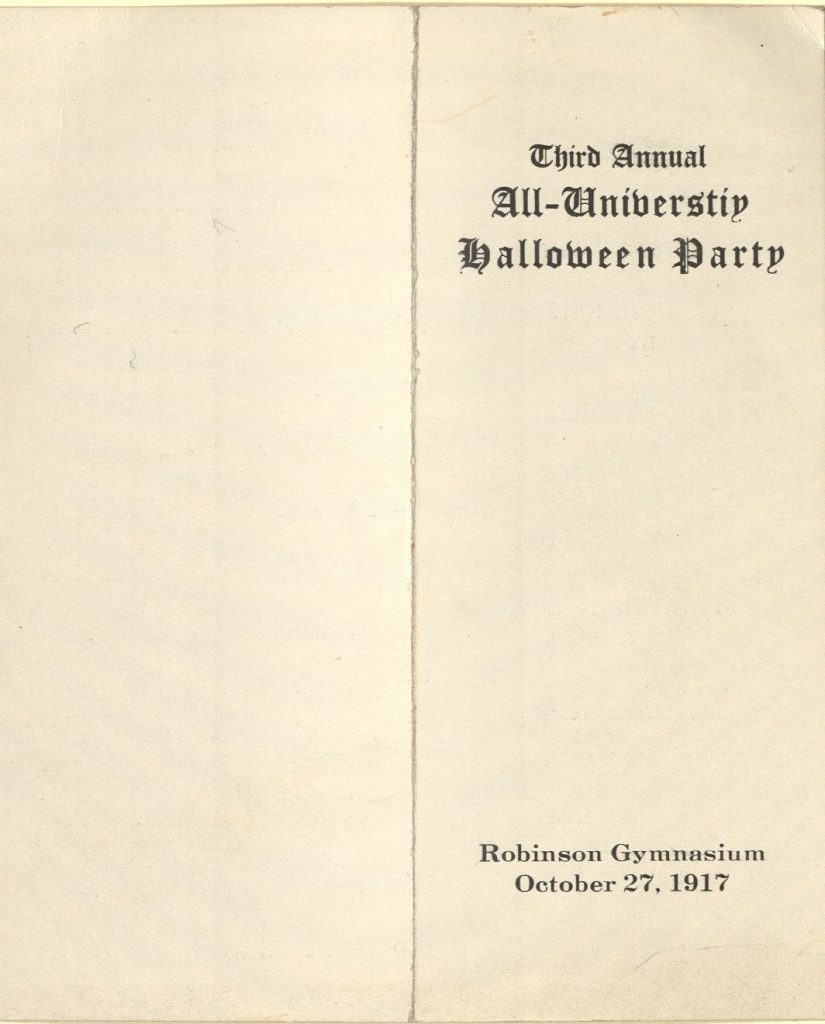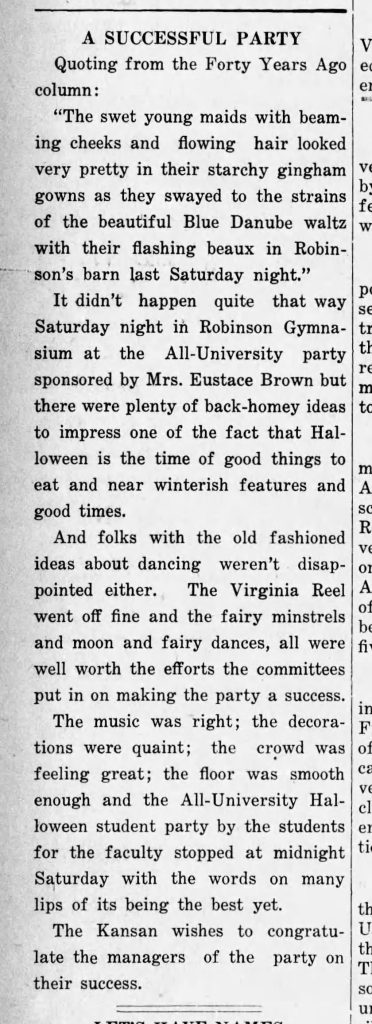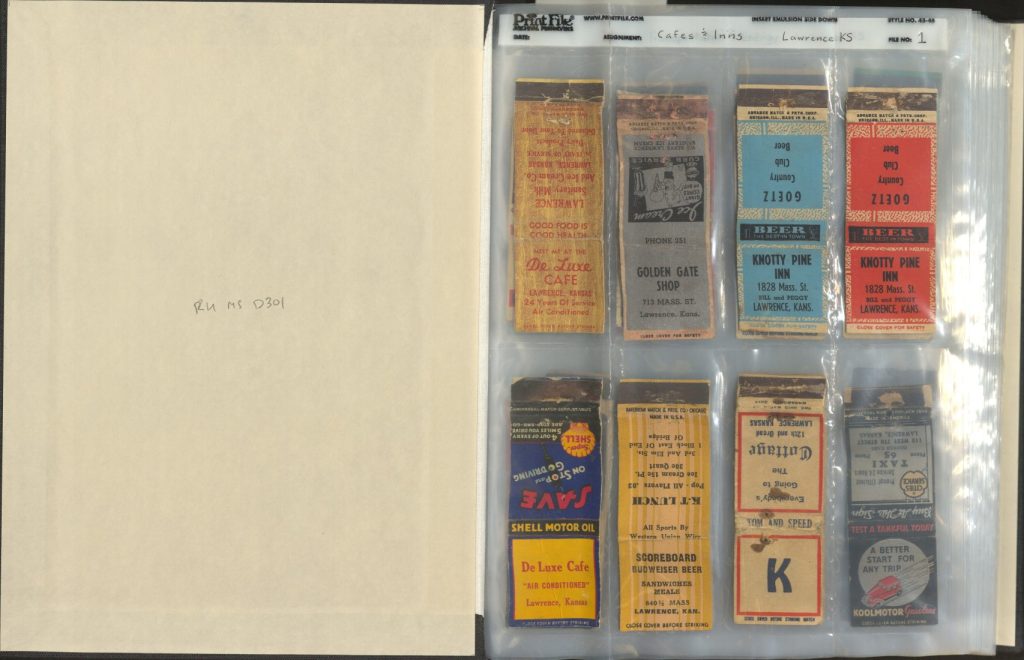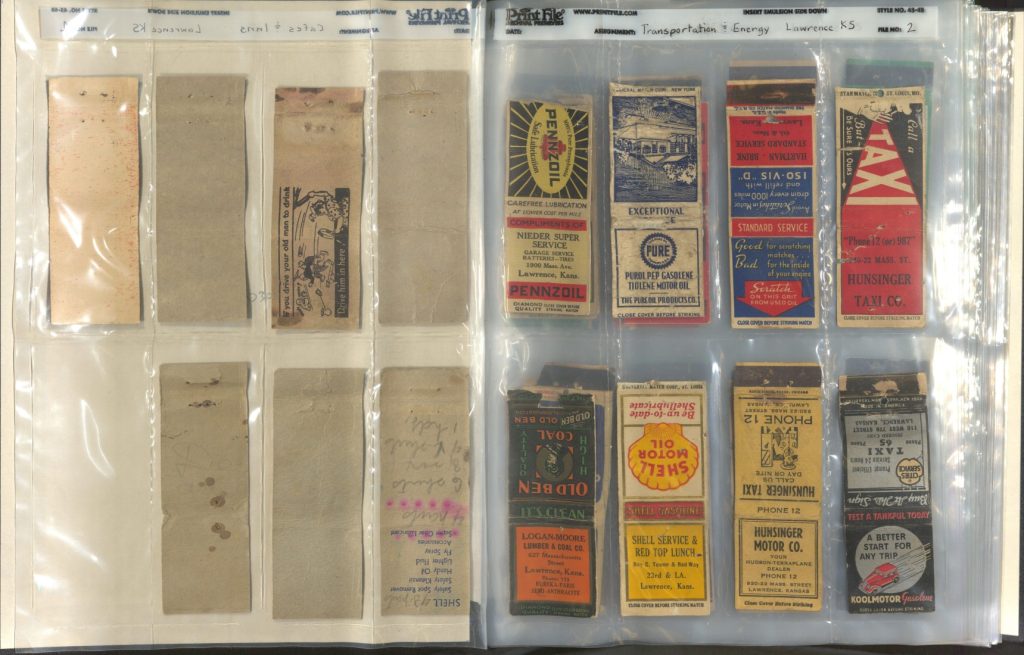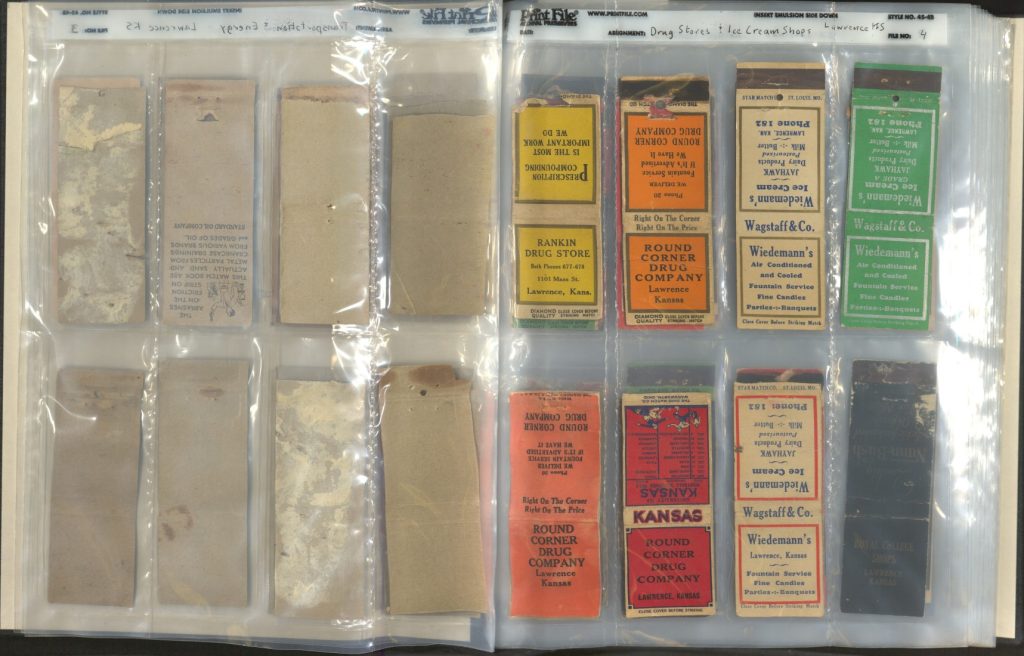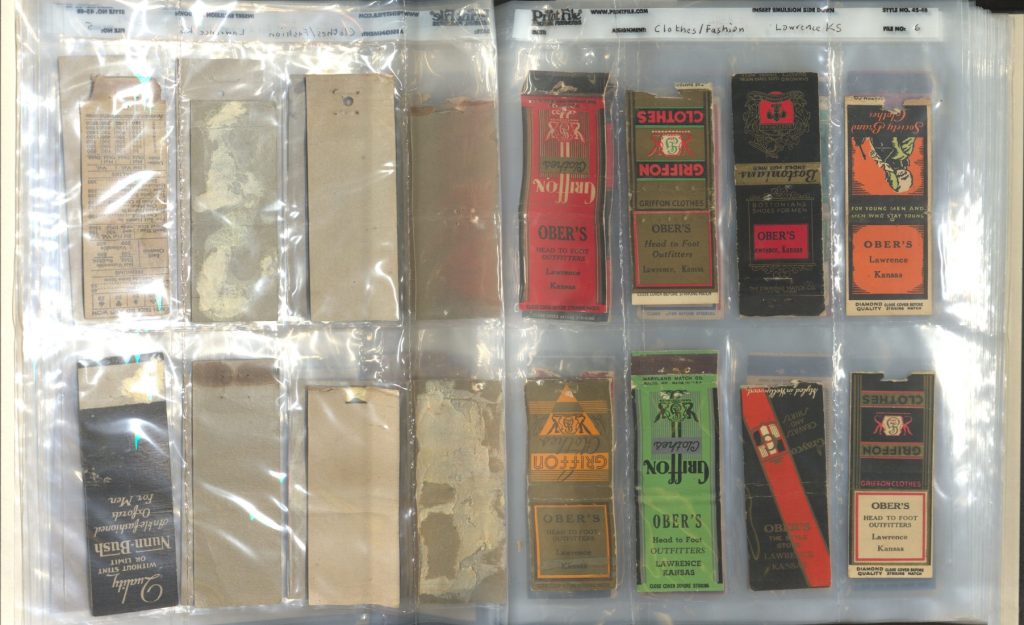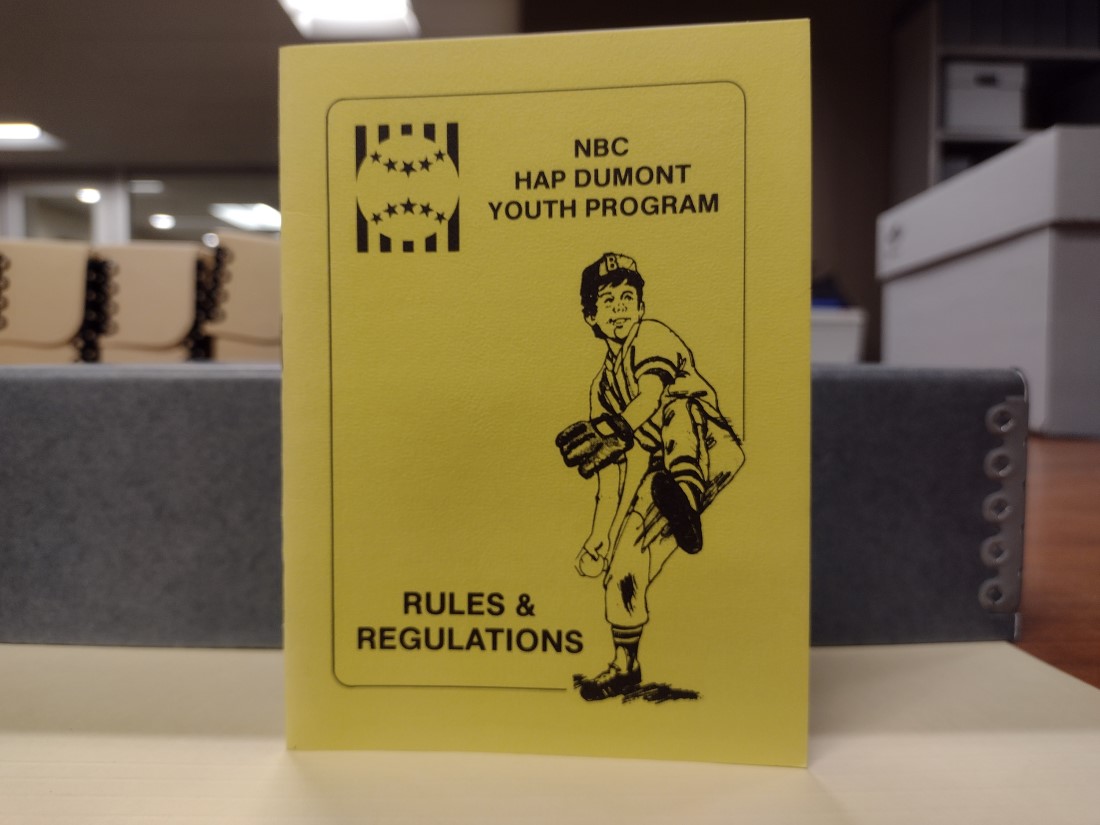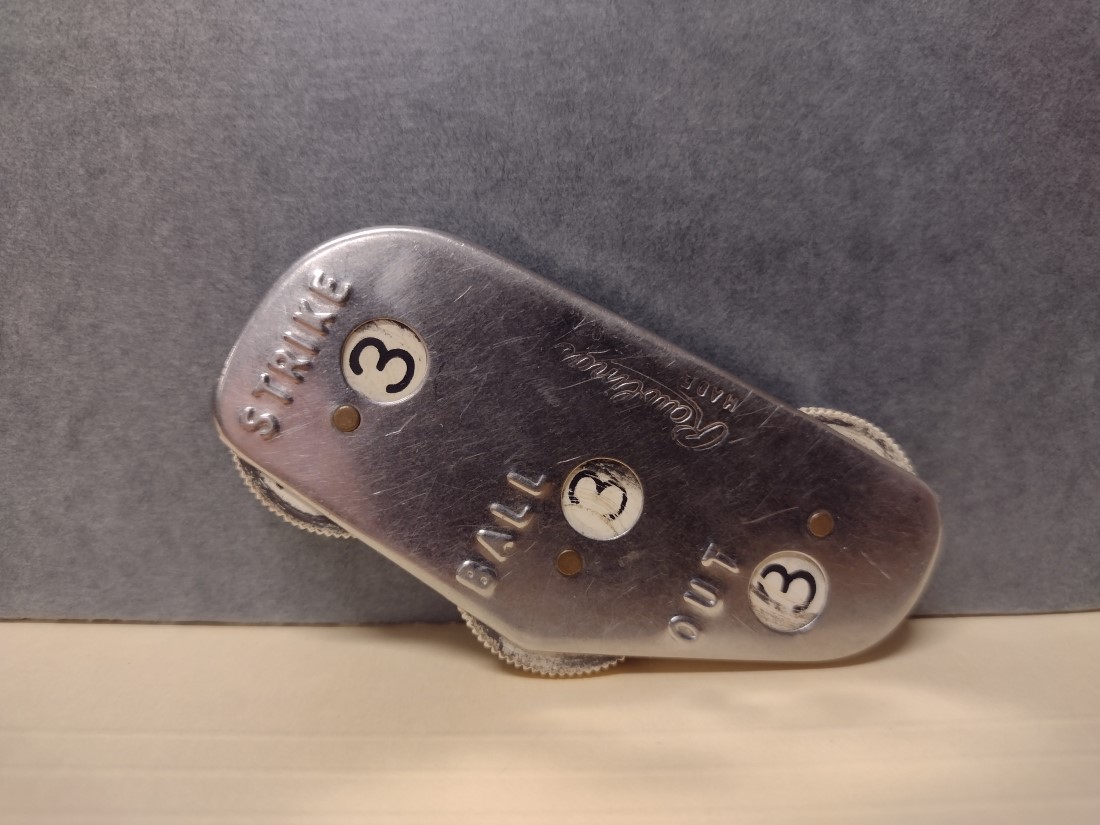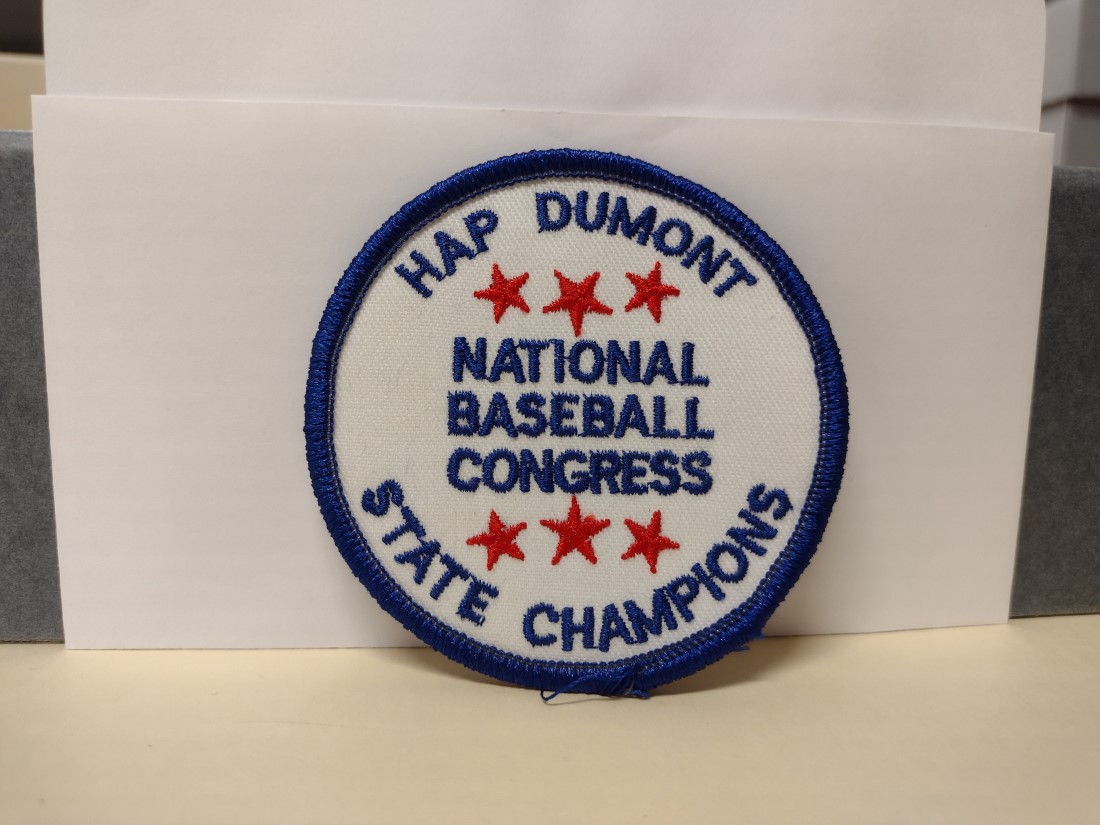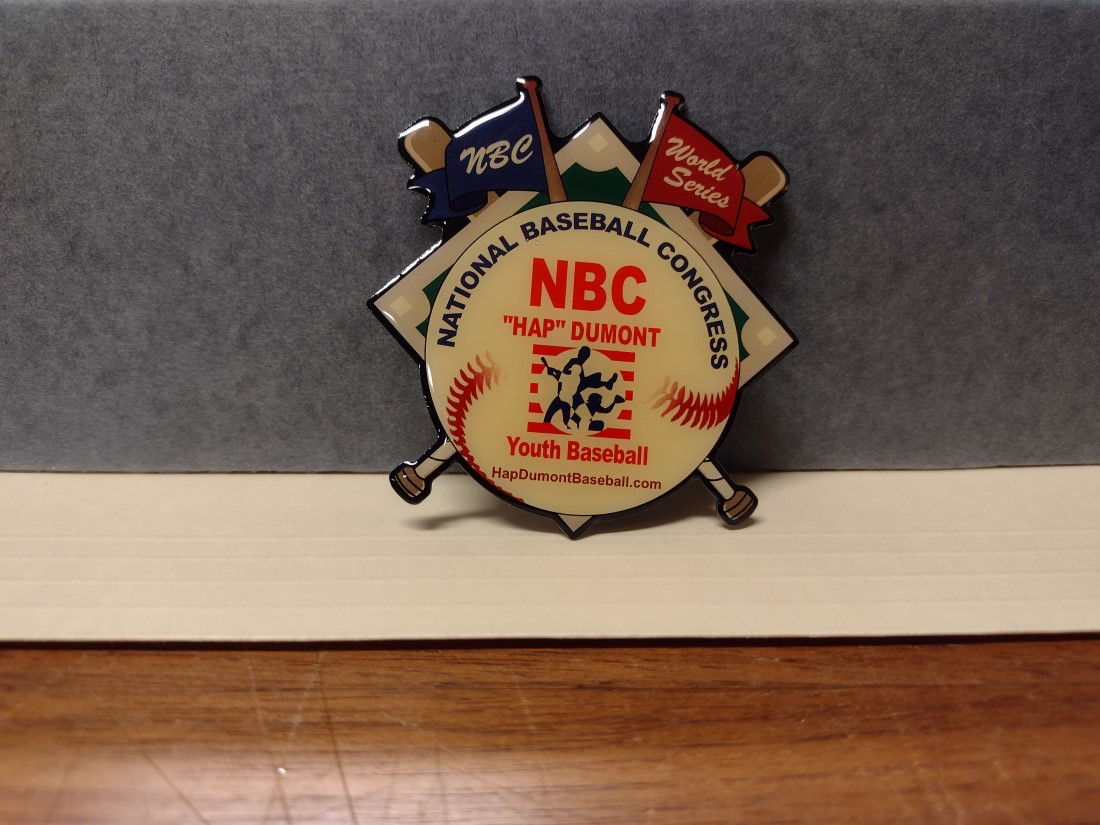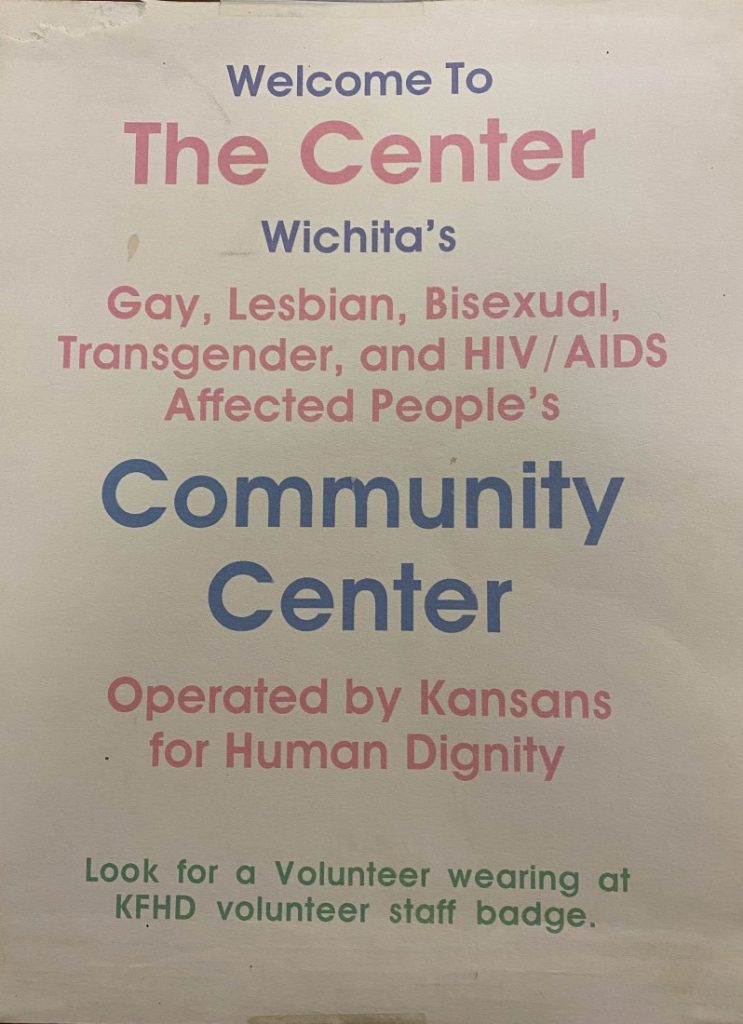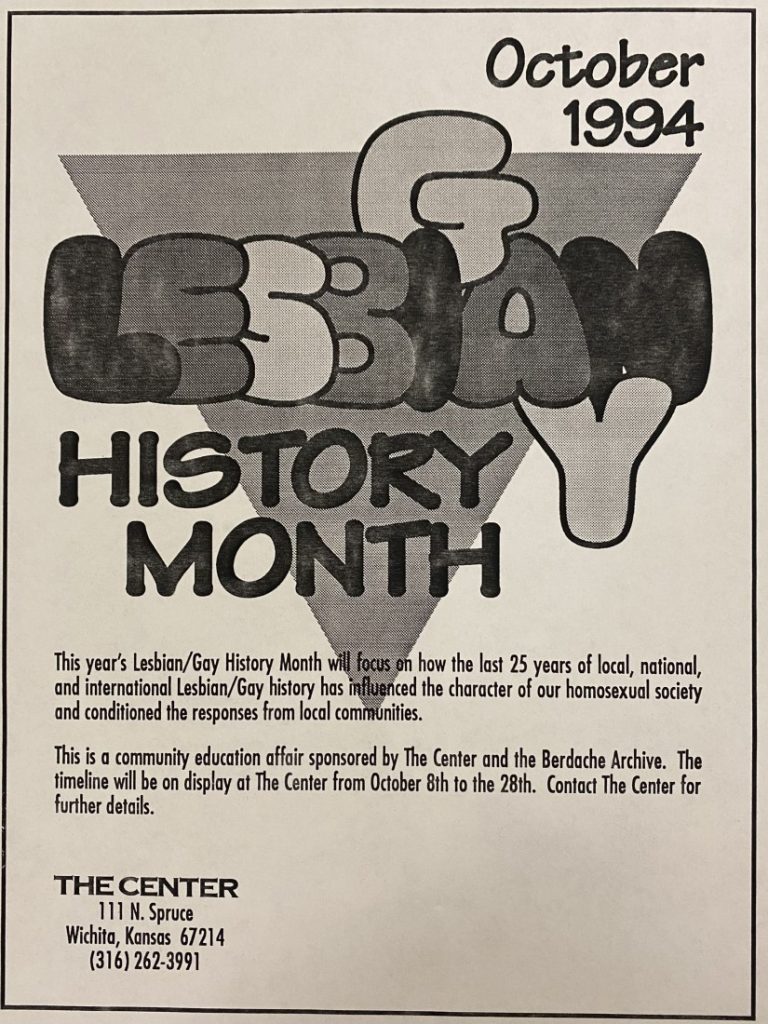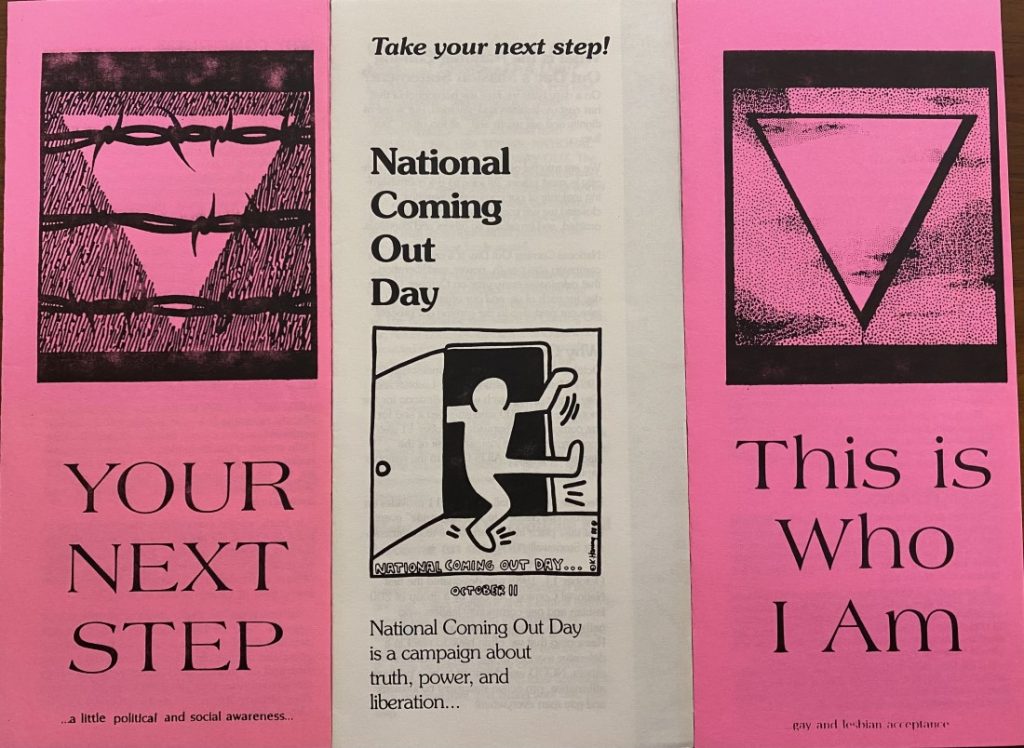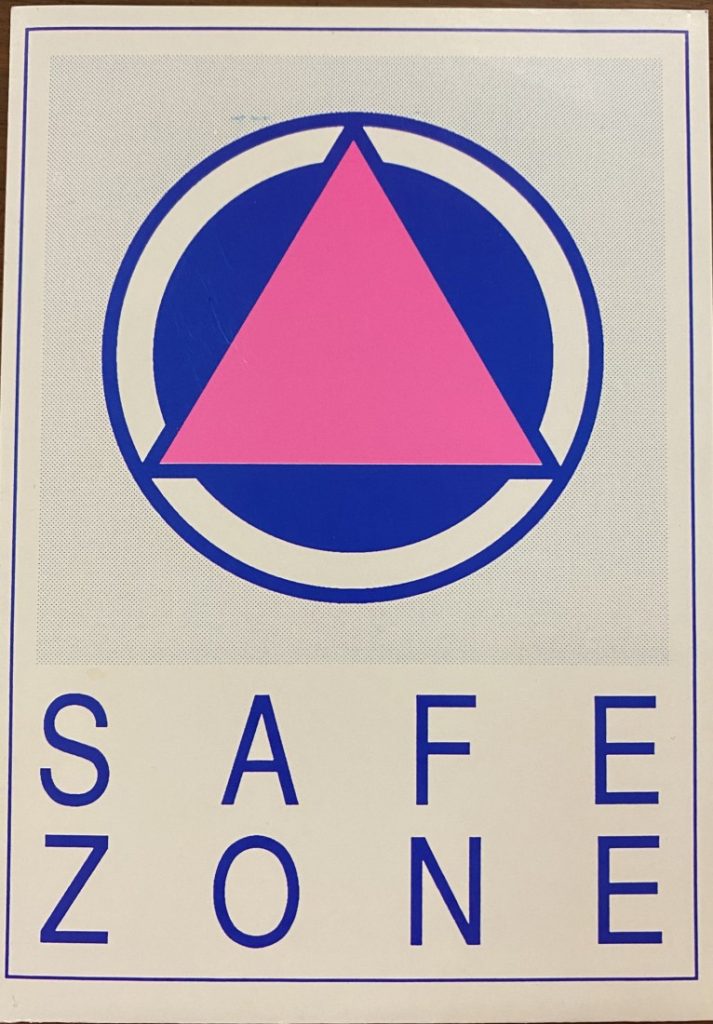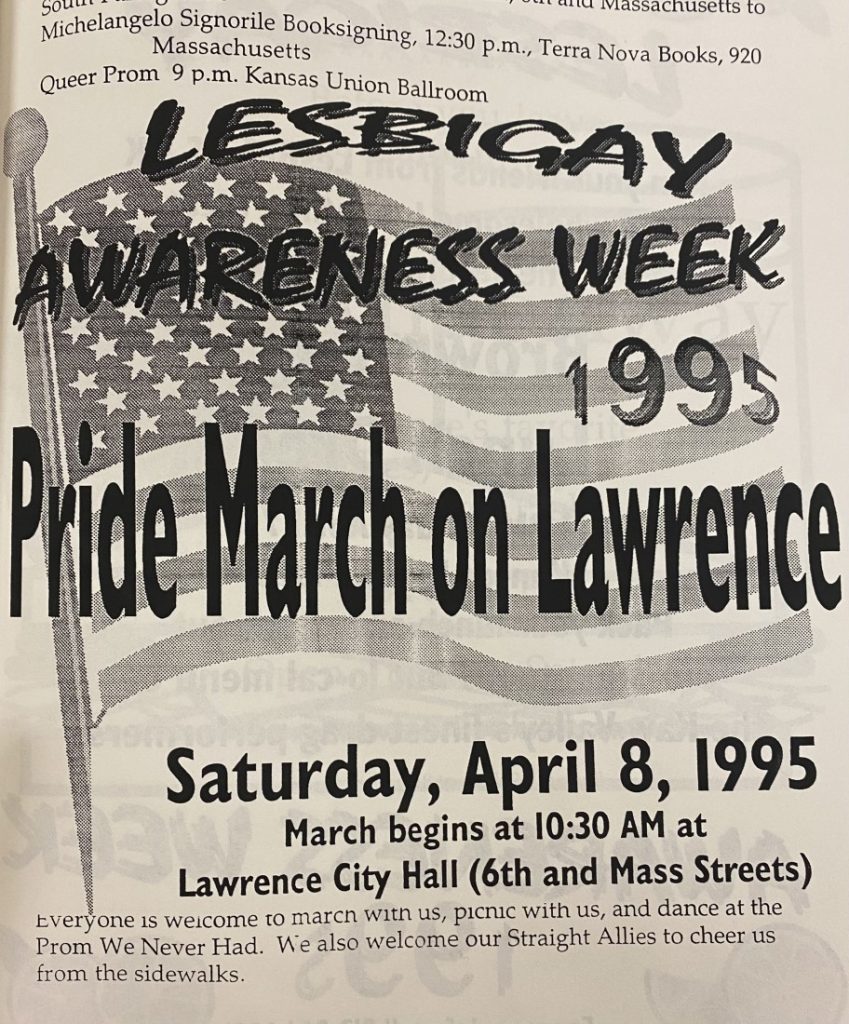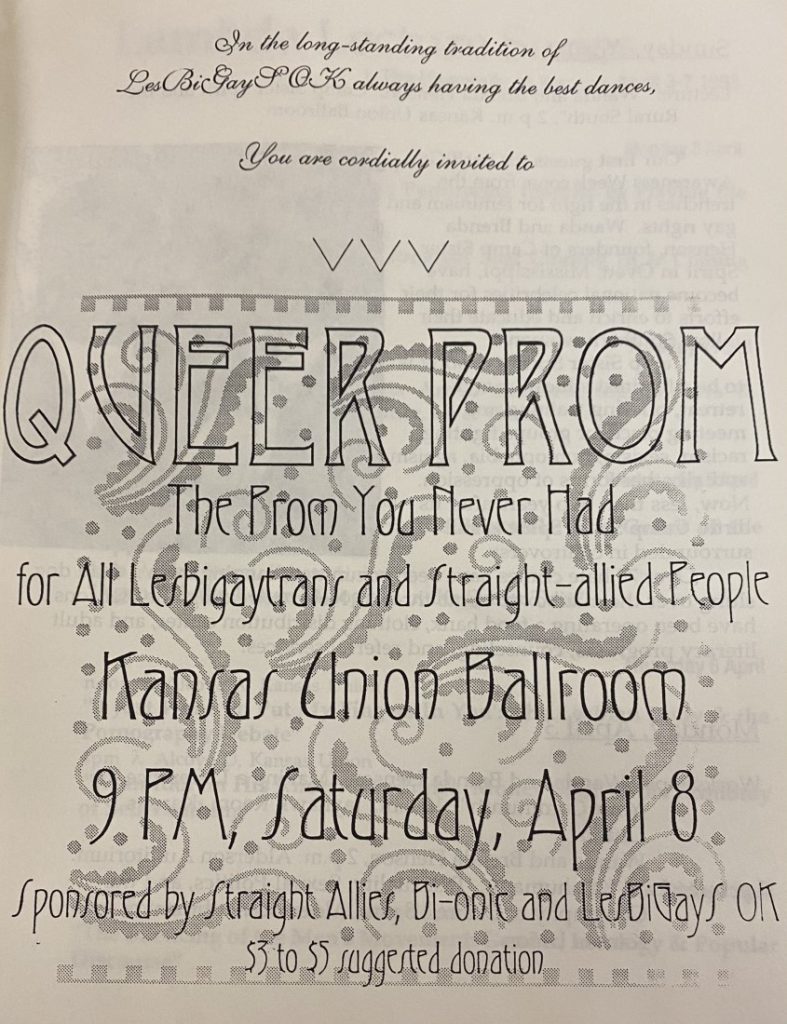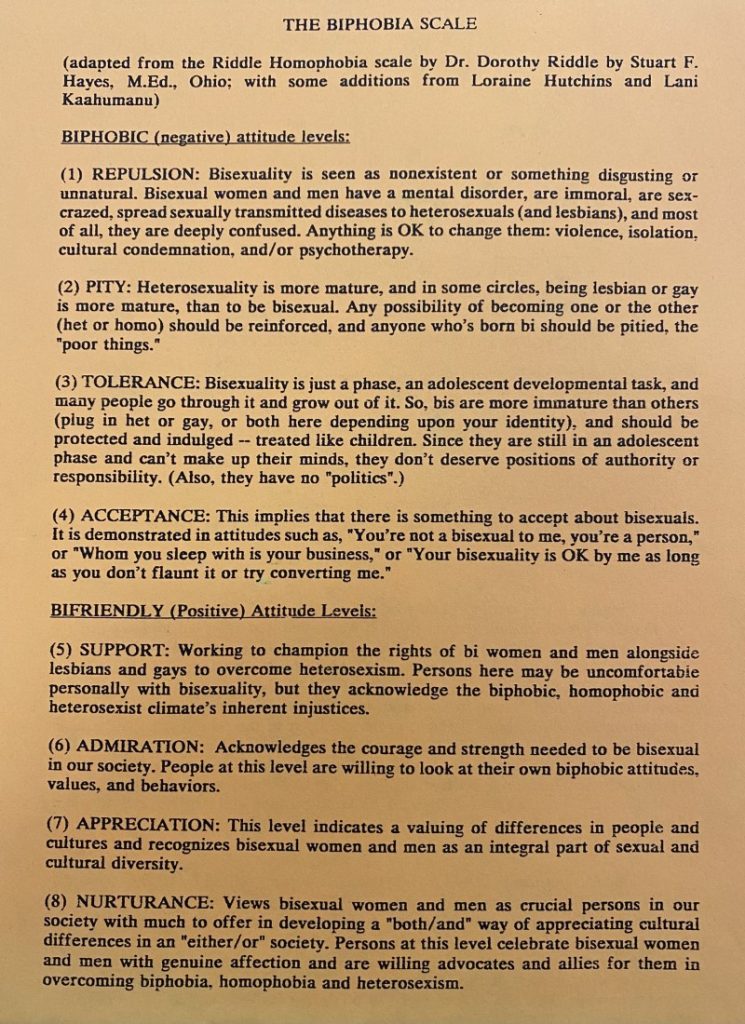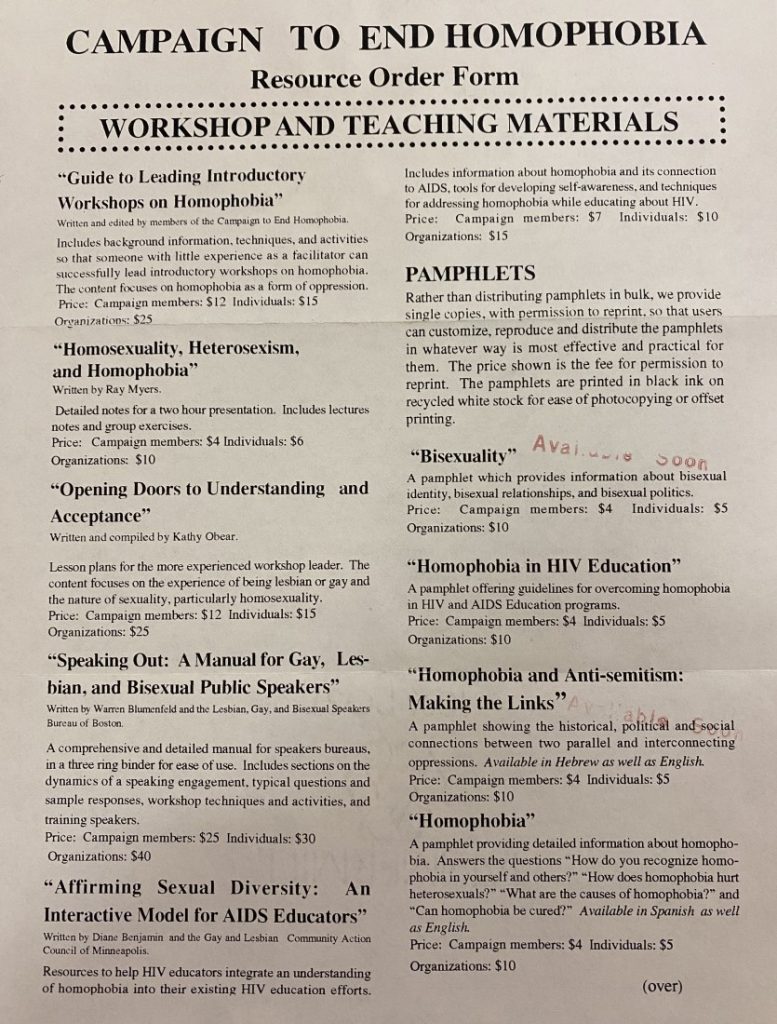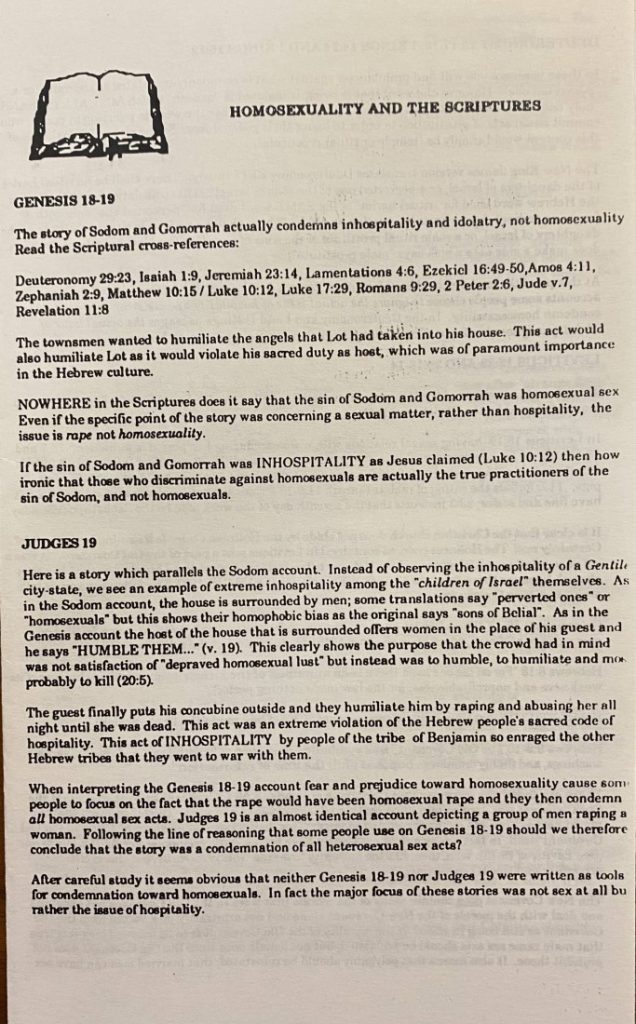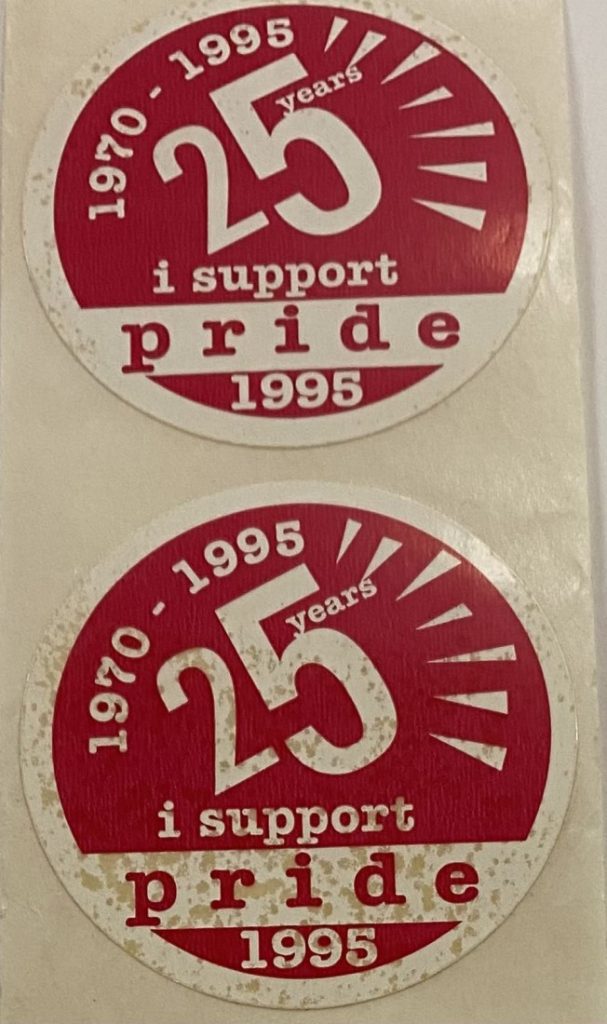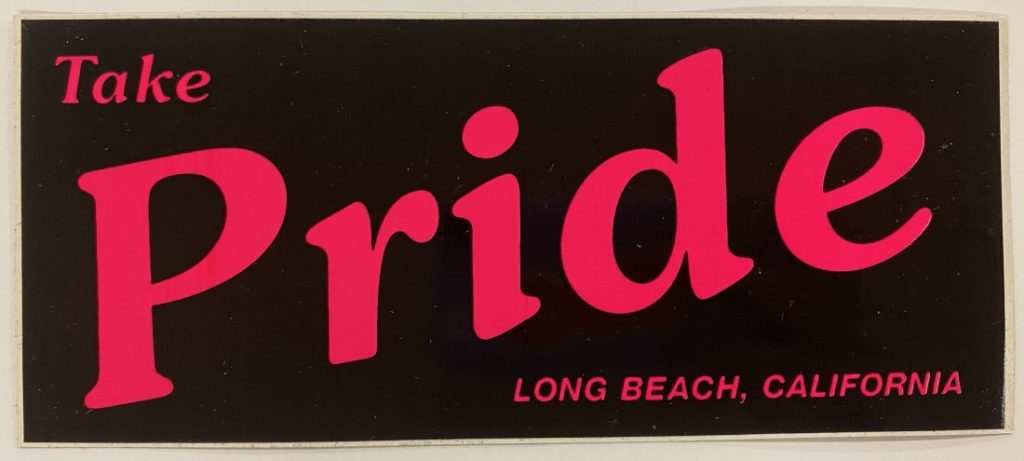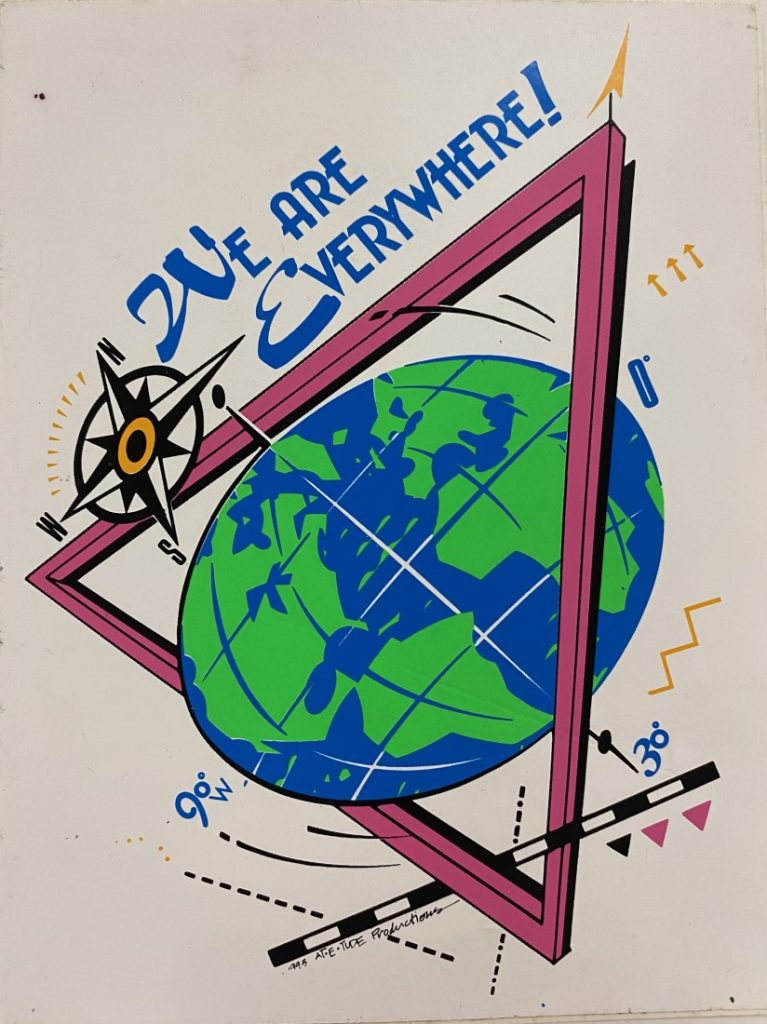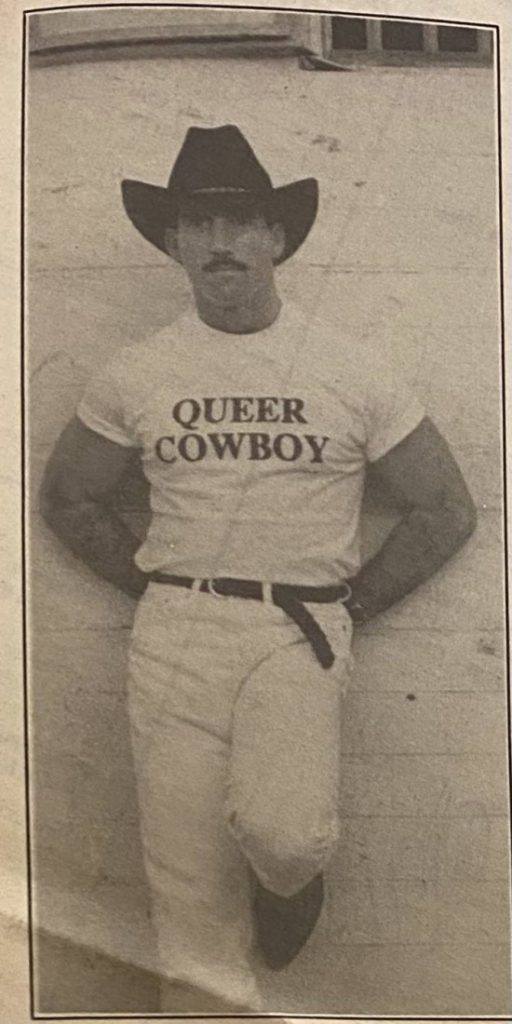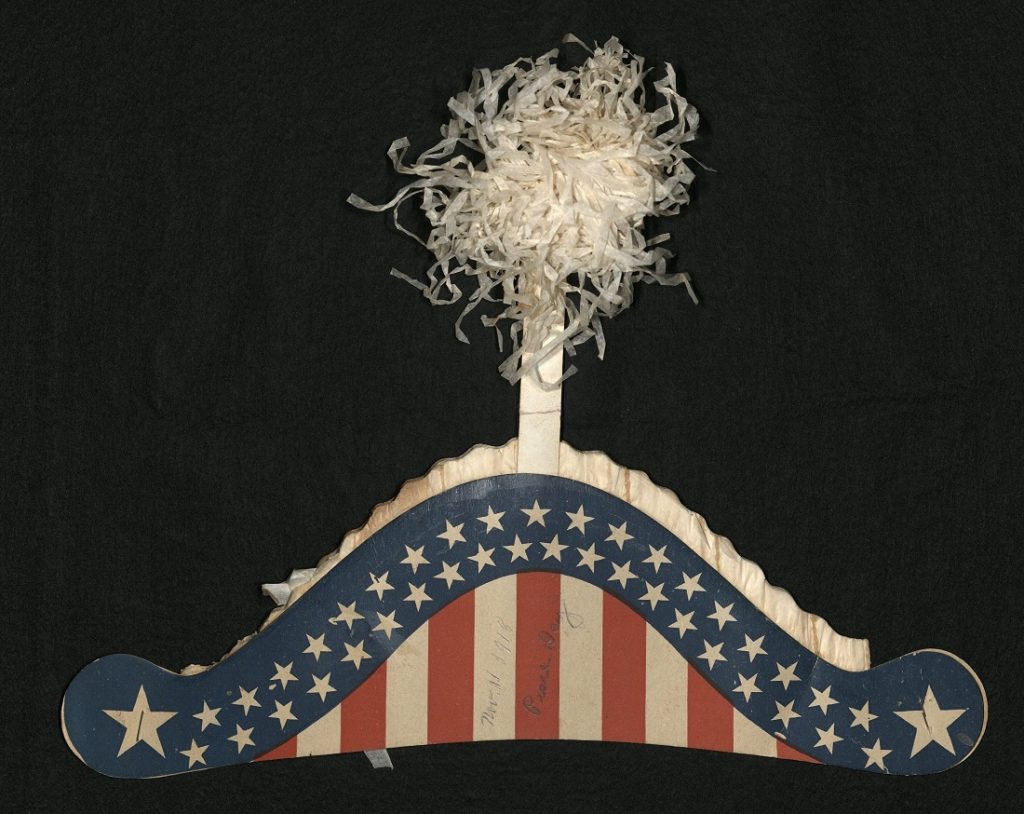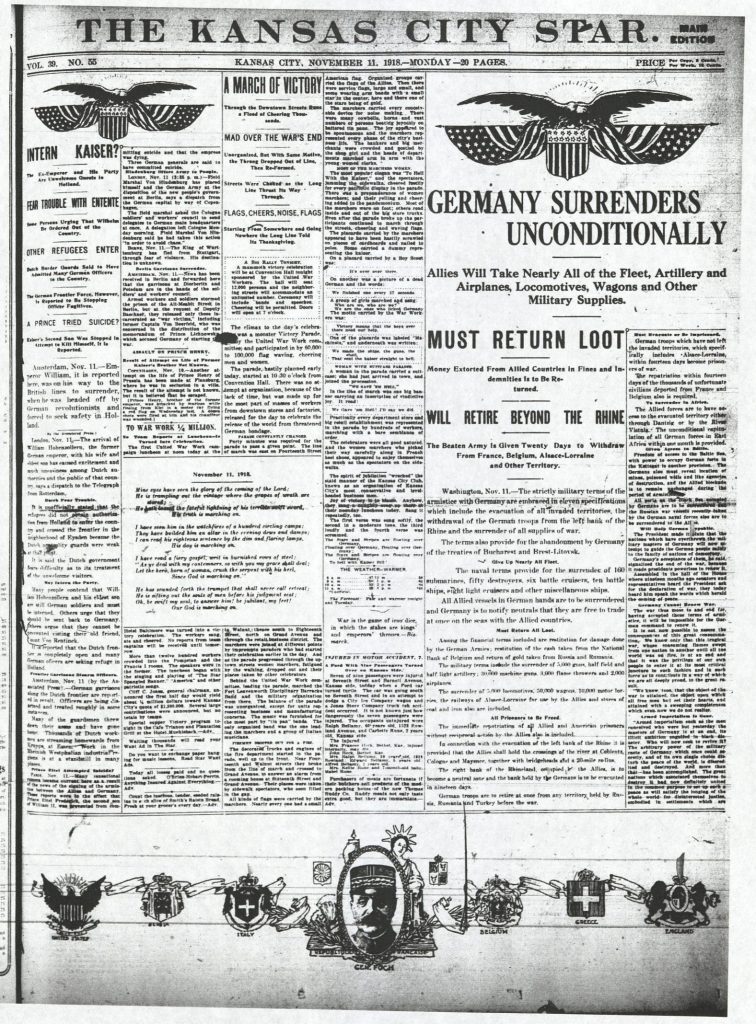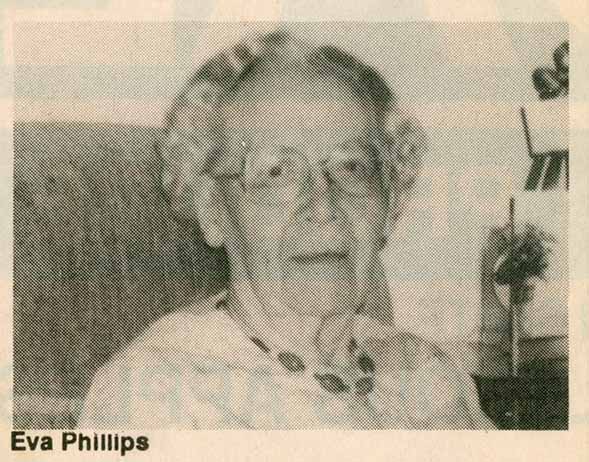That’s Distinctive!: Halloween Party Dance Card
October 18th, 2024Check the blog each Friday for a new “That’s Distinctive!” post. I created this series to provide a lighthearted glimpse into the diverse and unique items at Spencer. “That’s Distinctive!” is meant to show that the library has something for everyone regardless of interest. If you have suggested topics for a future item feature or questions about the collections, you can leave a comment at the bottom of this page. All collections, including those highlighted on the blog, are available for members of the public to explore in the Reading Room during regular hours.
This week on That’s Distinctive! we continue on our journey of spooky items. Today I am sharing yet another item from the Herd family papers. With the collection spanning the time frame of 1817 to 2013, there is just about anything a person could be looking for. The item shown today is a dance card from KU’s third annual all-university Halloween party. It took place in 1917, six months after the U.S. entered World War I. The card shows that it was held in Robinson Gymnasium, which was located where Wescoe Hall now stands. The current Robinson Center is just east of Allen Fieldhouse.
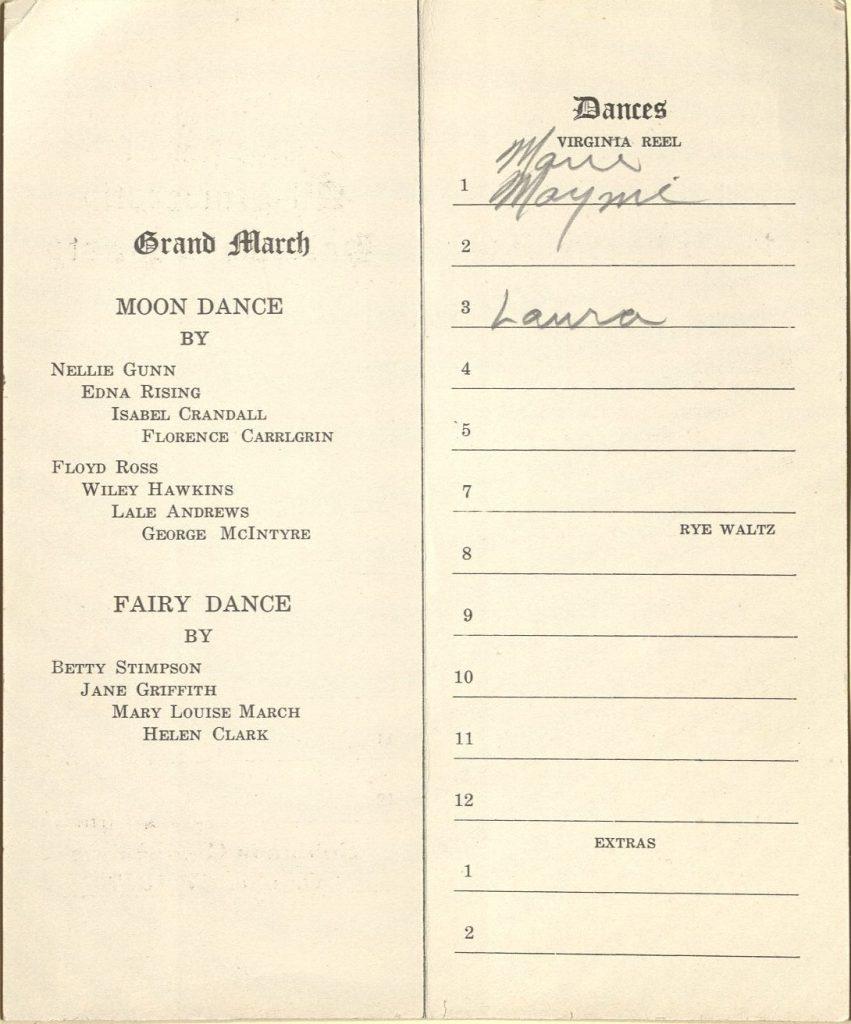

Tiffany McIntosh
Public Services

